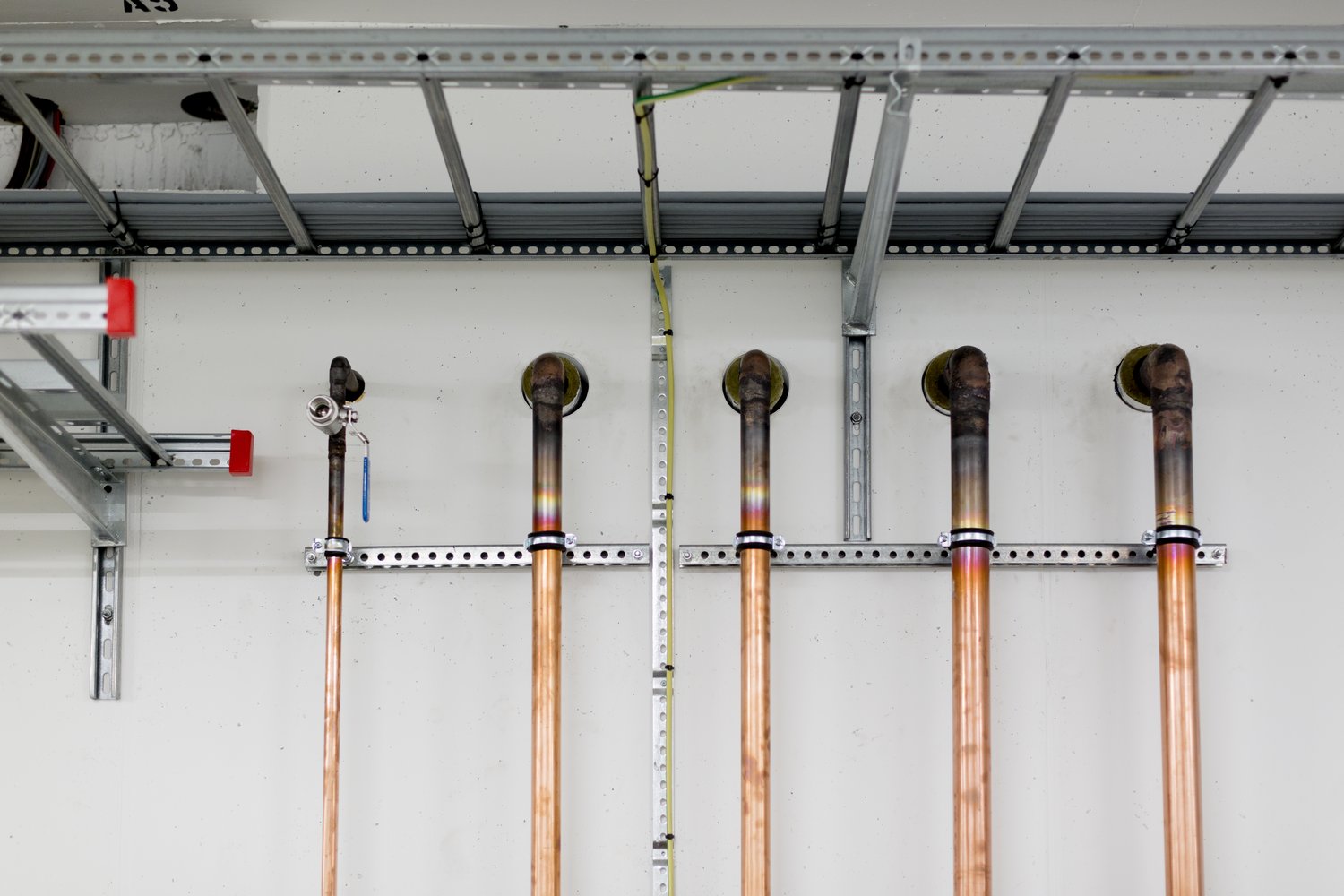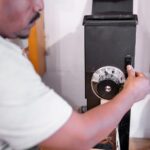Ensuring your plumbing access panel installations are code compliant isn’t just about checking boxes—it’s about securing the safety and efficiency of your space. Whether you’re a seasoned pro in the food service industry or a DIY enthusiast aiming to enhance your knowledge, understanding the nuances of proper access panel installation can save you time, money, and potential headaches down the line.
- Learn why plumbing access panels are crucial for both aesthetics and functionality in any setup.
- Explore the different types of access panels and strategic placement for compliance and ease of maintenance.
- Get step-by-step guidance on installation techniques to ensure your work meets industry standards.
By diving deeper into this topic, you’ll be equipped to make informed decisions that enhance the operational efficiency of your space, ensuring long-term success and compliance. Whether you’re managing a commercial kitchen or upgrading a home setup, this guide will serve as a cornerstone for your plumbing projects.
Understanding Plumbing Access Panel Installation: Code Compliant Solutions
Plumbing access panels serve as crucial components in modern plumbing systems, offering both functional and aesthetic advantages. Their significance cannot be overstated, as they allow easy access to plumbing lines for maintenance and repairs while concealing unsightly pipes and valves.
Ensuring code compliance is paramount in the installation process, as adherence to local building regulations not only guarantees safety but also enhances the longevity and effectiveness of the plumbing system. Compliancy minimizes the risk of legal issues and potential hazards associated with improper installation.
The primary purposes of using plumbing access panels include facilitating efficient inspections, reducing the time and complexity of plumbing repairs, and providing a neat finish to interior spaces. In various scenarios, such as residential bathrooms or commercial kitchens, access panels are indispensable, permitting quick intervention during plumbing discrepancies.
Types of Access Panels and Their Strategic Placement
There are several types of plumbing access panels available, each designed for specific applications and environments. Common materials include metal, plastic, and gypsum, each offering distinct advantages in terms of durability, aesthetic integration, and resistance to environmental conditions.
Strategically placing plumbing access panels is critical for optimizing performance and accessibility. Panels should be located where they provide the most convenient access to key plumbing components like shut-off valves, water pipe junctions, and cleanouts. Proper placement also involves considering factors such as wall thickness, potential obstructions, and the frequency of access required.
Compliance with building codes is essential when placing access panels. Both safety and functionality are enhanced when panels are installed according to regulations, ensuring they can be easily removed or adjusted without compromising the integrity of surrounding structures. By understanding the types and placements of panels, you can significantly improve maintenance processes and system reliability.
Techniques for Plumbing Access Panel Installation: Code Compliant Solutions
Installing plumbing access panels is a critical task that not only enhances the functionality of your plumbing system but also ensures code compliance, safeguarding against potential legal and safety issues.
To successfully execute a code-compliant installation, it’s essential to familiarize yourself with proven techniques and industry best practices. Here, we delve into specific guidelines and resources to make your installation process efficient and up to standards.
Identifying the Right Tools and Materials
Before you begin, gather all necessary tools and materials to streamline the installation. Key tools include a tape measure, level, drill, saw, and screwdriver. Ensure you have the correct access panel matching your plumbing needs, typically made from materials like plastic, metal, or drywall-compatible options. These panels should be durable and suitable for the specific environment, such as moisture-resistant panels for bathrooms.
Step-by-Step Installation Instructions
The installation process involves meticulous planning and precision. Here’s a step-by-step guide to ensure your plumbing access panel installation adheres to code requirements:
- Planning and Measurement: Measure the area where the access panel will be installed to ensure a snug fit. Accurate measurements prevent future issues with leaks or misalignment.
- Cutting the Opening: Mark the measured area and use a saw to cut an opening in the drywall or wall surface. Ensure the cut is clean and precise for a neat installation.
- Fitting the Panel: Place the access panel into the opening, ensuring it sits flush against the wall. Use a level to confirm it is even on all sides.
- Securing the Panel: Drill pilot holes for screws, then firmly attach the panel to the wall using a screwdriver. This step guarantees the panel is securely fastened.
- Seal and Finish: Apply caulk around the edges of the panel for a waterproof seal, enhancing both the aesthetic and functional aspects.
Ensuring Code Compliance
Throughout the installation process, it’s imperative to ensure every step aligns with local building codes and industry standards. Regularly check the latest updates on plumbing codes, as these regulations can vary by region. Compliance not only facilitates inspections but also enhances the longevity and safety of your plumbing system.
By adhering to these methods and maintaining a thorough understanding of relevant codes, you can facilitate a seamless installation that offers both reliability and peace of mind. Whether undertaking a DIY project or seeking professional installation, these insights and techniques provide the foundation for a successful, compliant plumbing access panel installation.
Plumbing Access Panel FAQ
Why are plumbing access panels important?
Access panels offer easy maintenance and repairs by providing convenient access to plumbing fixtures without causing damage to walls or ceilings.
What materials are commonly used for access panels?
Access panels are typically made from materials such as plastic, metal, or drywall, depending on the required durability and location of installation.
How to ensure access panel installation is code compliant?
Always refer to local building codes and guidelines to ensure your installation meets the required standards, ensuring safety and functionality.
Where should access panels be placed?
Place access panels strategically near essential plumbing components like valves and joints, ensuring they are easily reachable for maintenance.
What tools are needed for installing access panels?
Typically, you will need a saw, drill, screws, and a level for proper installation, depending on the panel type and placement area.





